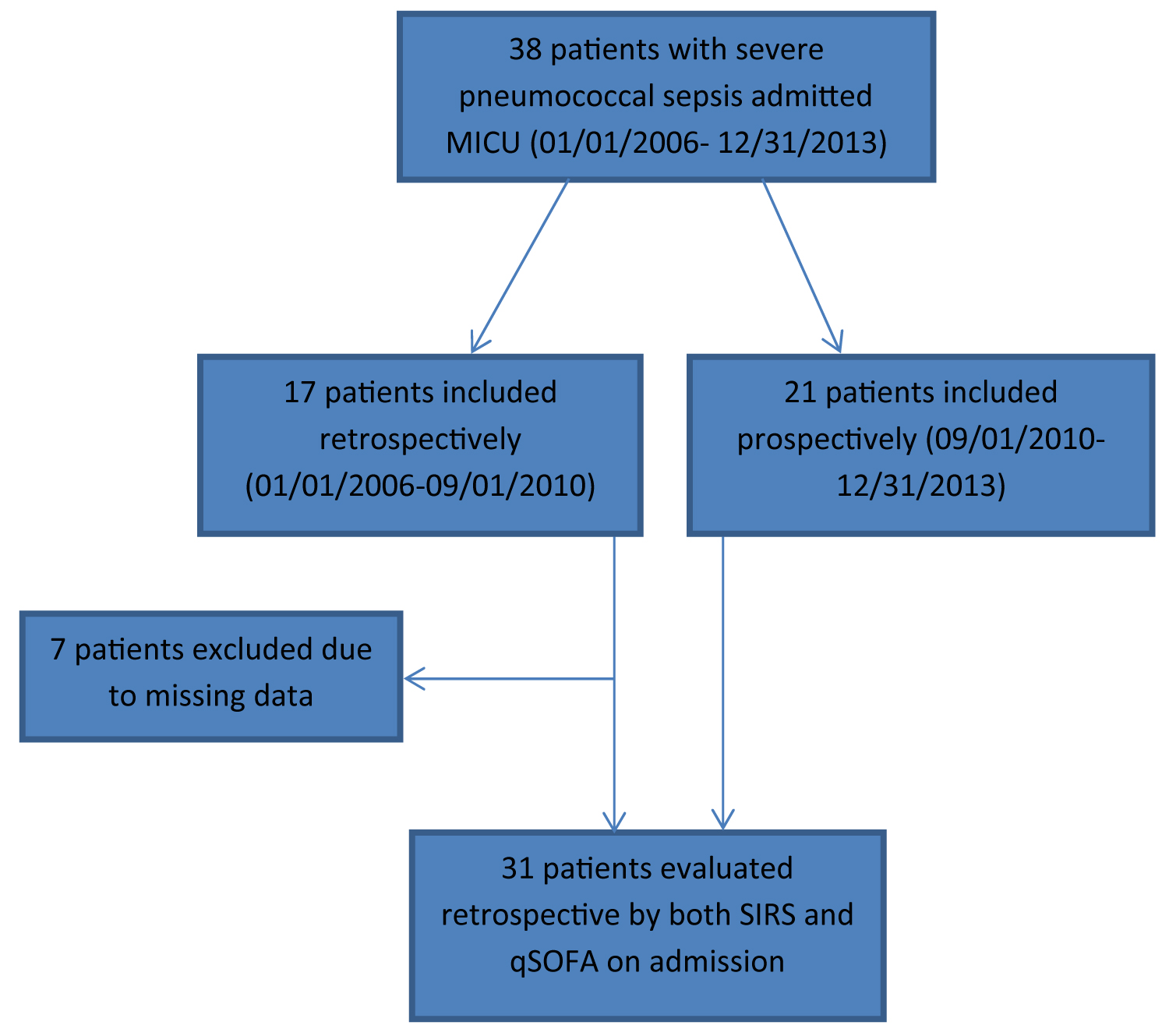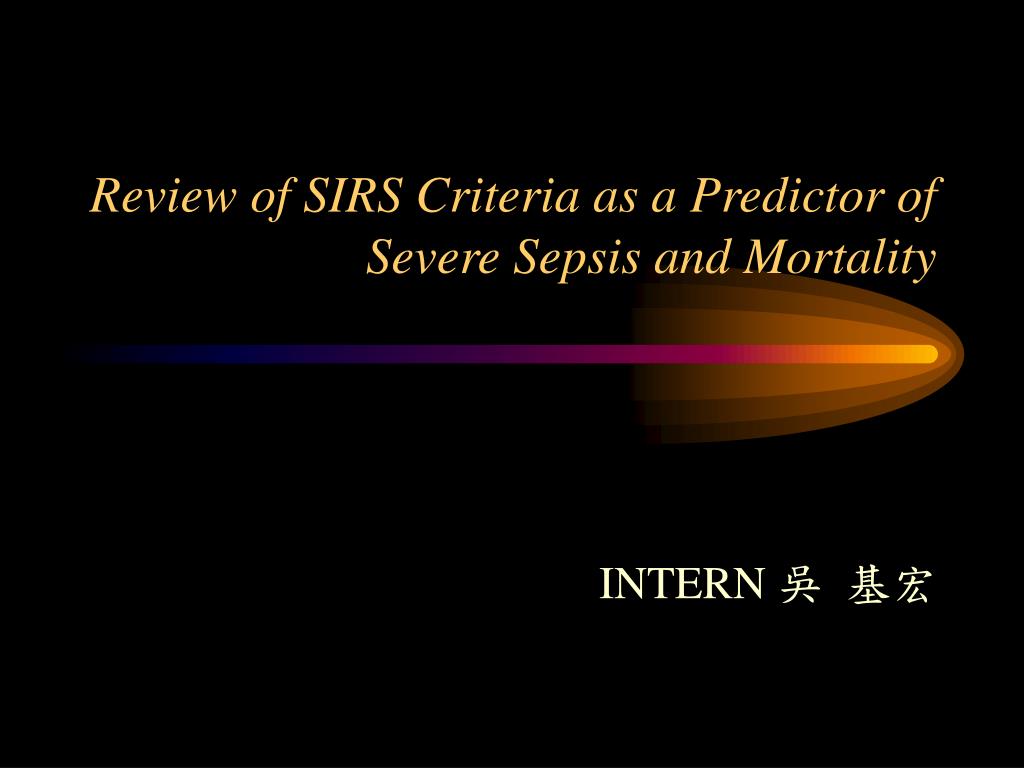Roads & PavementRoads & Pavement
Barefoot
Minimal
Low
Medium
High
Maximal
All around running shoes offer comfort and cushioning for daily runs, jogs, walks, and long mileage. They offer enough versatility for both faster and slower runs and are a great option for those who want one running shoe to do it all.
Fast run or uptempo running shoes are lightweight and responsive. They offer streamlined designs that have minimal uppers and offer a high level of energy return. These shoes are a great option for faster runs in the week or those looking for a livelier experience.
Max Cushion shoes offer premium cushioning with ample ground protection and a stable ride. These types of shoes provide abundant impact protection that softens landings while running at any pace or distance. These types of shoes are best for slower recovery runs and easy days where comfort takes priority.
Racing shoes are designed with optimal performance in mind. These types of shoes have snug-fitting uppers, energetic midsole foams, and features implemented for maximum efficiency. These types of shoes are best for runners looking to gain the ultimate advantage in races but may sacrifice some durability and comfort.
Gym Workout shoes offer a stable and versatile ride. They have a firmer underfoot feeling that provides stability for lateral movements with comfortable uppers. These types of shoes are best for trips to the gyms, cross training, casual wear, and light running. Lactate in the emergency department a case based critical reflection
Road running shoes feature smooth outsoles that are designed for running on paved surfaces such as roads, sidewalks, and bike paths.
Designed to handle most trail runs, these shoes prioritize comfort and a smooth ride. These shoes are great for anything from smooth singletrack, park trails, and fireroads making them ideal for those who run from their doorstep on streets before hitting the trail.
These shoes are best used for hard, rugged trails such as shale, granite or sandstone where grip on smooth surfaces and underfoot protection are important.
Designed for use in muddy, soggy conditions, these shoes feature very aggressive outsoles that dig deep into soft ground for exceptional traction.
These shoes feature technical outsoles designed to grip snowy and icy trails making them ideal for winter trail running.
Cushioning level, or stack height, refers to how much shoe is between your foot and the ground. For this category, we reference the amount of cushioning below the forefoot as the heel height will be equal to or greater than the forefoot height.
Recognizing Treating and Monitoring SIRS and Sepsis
0-13mm. The Shoe generally does not have a midsole and feels like there is no cushioning. This shoe is all about feeling the ground underfoot.
14-18mm. The shoe has a thin midsole that allows for a natural running experience. Racing shoes and minimalist shoes are common here. These shoes offer a feeling of being connected to the road or trail.
19-23mm. The shoe has a slightly cushioned feel and may feature added cushioning technologies. Performance training shoes and some trail shoes are common here. These offer protection during footstrike but prioritize a lightweight, grounded experience.
24-28mm. These shoes have a stack height that fall near the middle of the spectrum.The shoes in this category are verstaile and great for all types of runs and distances.
29-34mm. The shoe has a thick midsole and ample cushioning. These shoes are highly protective and absorb more impact than the body.
35mm plus. The shoe has an extremely thick midsole and extra cushioning. The focus is on protection and soft foam underfoot with hardly any ground feel.
Neutral shoes support the foot through a normal range of arch collapse and generally do not have a built-in technology to correct movement.
Stability shoes are a great option for those who overpronate or need added support. These shoes help to limit the inward rolling motion of the ankle while running or walking and assist in guiding the foot straight through the gait cycle. A Comparison of qSOFA and SIRS in the Early Diagnosis of Severe
Product Details:
Edgar V. Lerma on X deals, Episode 2.0 Sepsis Ebola Endocarditis and More Core EM deals, SIRS criteria in Sepsis Mnemonic deals, Systemic Inflammatory Response Syndrome Criteria in Defining deals, PPT Review of SIRS Criteria as a Predictor of Severe Sepsis and deals, A Comparison of qSOFA and SIRS in the Early Diagnosis of Severe deals, Recognizing Treating and Monitoring SIRS and Sepsis deals, Lactate in the emergency department a case based critical reflection deals, Perinatal Assessment Disappoints for Spotting Sepsis deals, SIRS qSOFA and Sepsis Definitions Systemic Inflammatory GrepMed deals, Criteria for systemic inflammatory response syndrome SIRS deals, Best diagnostic accuracy of sepsis combining SIRS criteria or deals, Southwest Journal of Pulmonary Critical Care and Sleep CRITICAL deals, Using Statistical and Machine Learning Methods to Evaluate the deals, Should I still screen for possible sepsis with SIRS criteria deals, Shock Index and Early Recognition of Sepsis in the Emergency deals, Sepsis SIRS Septic Shock PPT deals, The SIRS criteria have better performance for predicting infection deals, PDF Systemic inflammatory response syndrome criteria in defining deals, The Systemic Inflammatory Response Syndrome SIRS criteria deals, Systemic Inflammatory Response Syndrome Criteria in Defining deals, Antonio Caballero Mateos PhD on X deals, JCM Free Full Text Early Detection of Septic Shock Onset Using deals, StudyXing Medicine on X deals, Article Classifying sepsis patients in the emergency department deals, Recognizing Treating and Monitoring SIRS and Sepsis deals, Systemic Inflammatory Response Syndrome and Sepsis Part 1 deals, Southwest Journal of Pulmonary Critical Care and Sleep CRITICAL deals, All in one Sepsis in the Emergency Department EMOttawa Blog deals, Frontiers Sepsis Changing Definitions Unchanging Treatment deals, Sirs PPT deals, Systemic Inflammatory Response Syndrome and Sepsis Part 1 deals, Article Classifying sepsis patients in the emergency department deals, Frequency of SIRS criteria for patients enrolled in the study deals, The systemic inflammatory response syndrome ScienceDirect deals, Surgery Stop Date Time or PACU In Date Time suppresses alerts deals, emDOCs Emergency Medicine EducationSepsis Care What s New deals, Sirs and Sepsis Criteria dr. rob Flickr deals, Table 1. SIRS Criteria ACEP Now deals, Air Care Series Sepsis Update Taming the SRU deals, Sepsis Medilex The Experts on Medical Experts deals, Systemic Inflammatory Response Syndrome SIRS Criteria GrepMed deals, Air Care Series Sepsis Update Taming the SRU deals, Clinical and laboratory parameters used for SIRS and qSOFA scoring deals, Sepsis Systemic Inflammatory Response Syndrome SIRS Criteria deals, Sepsis Diagnosis and Management deals, Systemic Inflammatory Response Syndrome Criteria in Defining deals, Systemic Inflammatory Response Syndrome and Sepsis Part 1 deals, Criteria for Systemic Inflammatory Response Syndrome SIRS deals, SIRS and qSOFA criteria. Download Scientific Diagram deals, Product Info:
Sears corseteria deals.
- Increased inherent stability
- Smooth transitions
- All day comfort
Model Number: SKU#7361691





